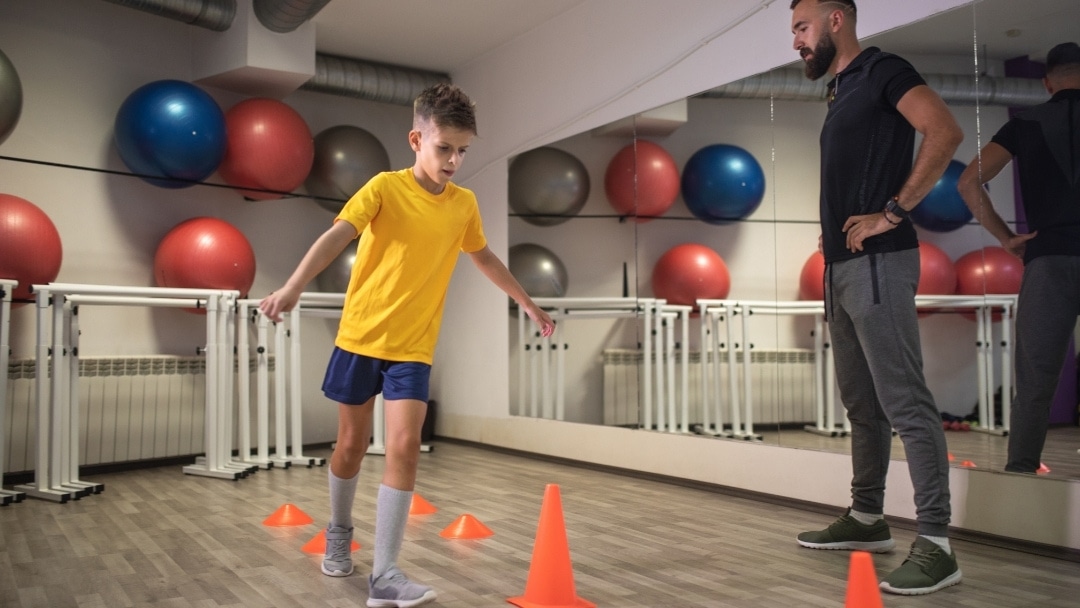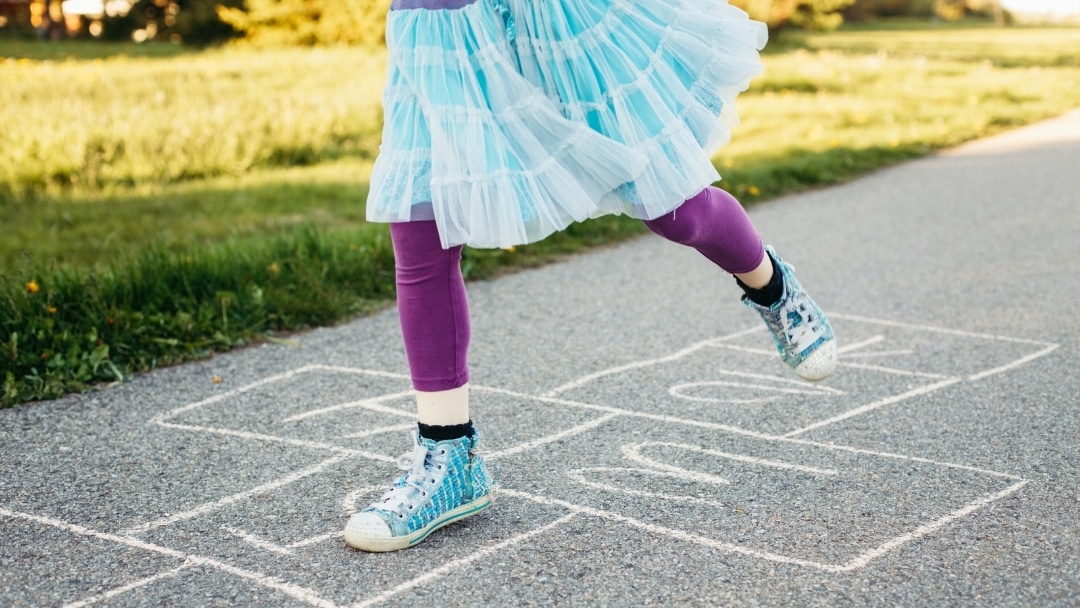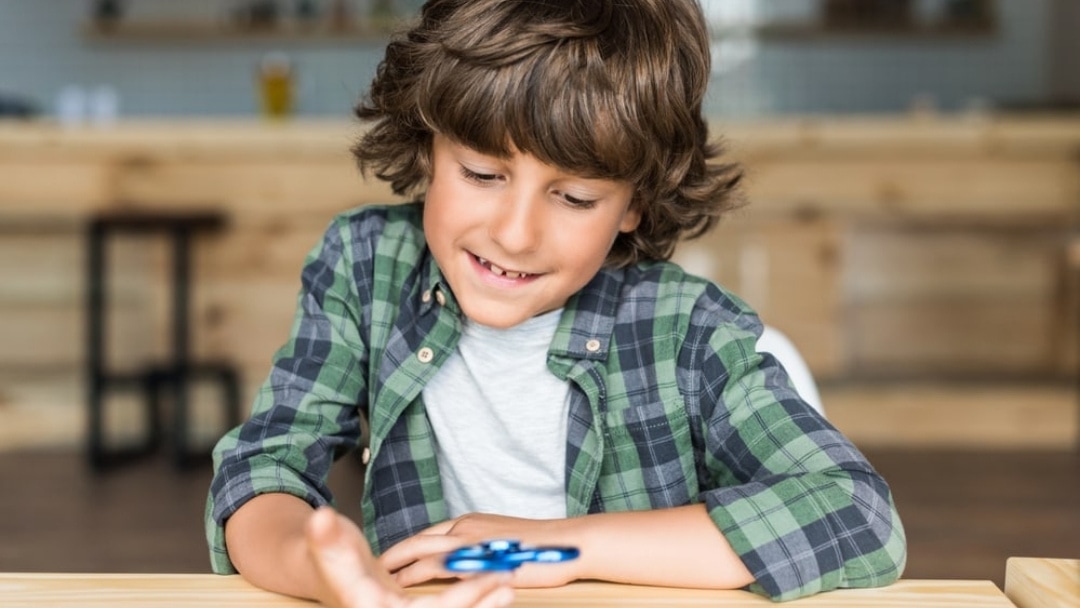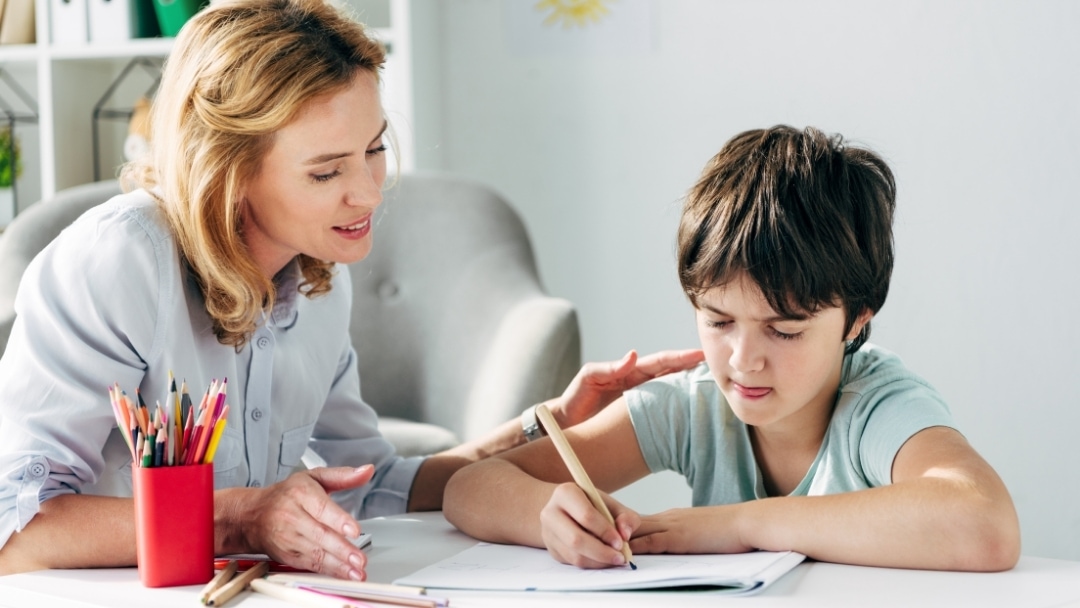In this blog post, Mary Rentschler MEd and Cecilia K. Freeman MEd who are certified Brain Gym consultants explain how Brain Gym can help with learning.
What Is Brain Gym?
Brain Gym can help with autism, cerebral palsy, ADD/ADHD, PDD-NOS, Angelman’s Syndrome, speech impairment, blindness, deafness, learning disabilities and more. To learn effectively, typical children and those with special needs must be able to sit still, listen, focus on letters and figures, and track from left to right with their eyes. When these physical skills are not automatic, attending to the demands of higher level cognitive processing is difficult.
Addressing this issue of readying the body to learn is a movement system called Educational Kinesiology (Edu-K). Edu-K is the fruit of 20 years of experimentation and research by Californian Paul Dennison, PhD. Edu-K comprises techniques from the fields of motor development, Applied Kinesiology, developmental optometry, Neuro-Linguistic Programming, acupuncture, yoga, martial arts, language development, psychology, and brain research.
Dennison developed a set of 26 specific movements, called Brain Gym, to promote integrated visual, auditory and kinesthetic functioning. Brain Gym stimulates the nervous system equally in all brain parts, minimizes one-sided, negative brain reactions, builds new pathways to both hemispheres, and eliminates stress. Performance comes naturally when one’s body is relaxed and one’s posture supports access to all parts of the brain.
Cecilia Freeman, M.Ed., Brain Gym Consultant and Instructor, uses Edu-K and Brain Gym to benefit those challenged with autism, cerebral palsy, ADD, ADHD, PDD-NOS, Angelman’s Syndrome, speech impairment, blindness and deafness. Brain Gym exercises are easily adaptable for children with limited movement capability. (See her book, I Am the Child, for inspirational success stories.)
How Does Brain Gym Help with Learning?
In the Brain Gym model, three dimensions of intelligence correspond to the integrated functioning of the three parts of the brain:
- Focus: the ability to coordinate the back and front parts of the brain. This dimension is related to participation, to the ability to act on the details of a situation while at the same time remaining conscious of the overall context – – the “big picture.” People who lack balanced focus have difficulty with attention and comprehension.
- Centering: the ability to coordinate the top and bottom parts of the brain. This dimension is related to organization, grounding, feeling safe, and responding clearly without heavy emotional overlay while appropriately feeling and expressing emotions. Students who are easily flooded with feelings are unbalanced in this dimension.
- Laterality: the ability to coordinate the two sides of the brain. This dimension is fundamental for reading, writing, and communicating. It is also essential for fluid, whole body movements and the ability to move and think at the same time.
What is the ideal state for learning, playing, and interacting? One of whole brain integration in which we access all three dimensions.
Sample Brain Gym Exercises
Do the “Rocker” to activate the brain for focus, centering, and laterality. The child sits on the floor, knees up, leaning back on his arms. Lifting his feet, he rocks back to front, right to left, and in circles. An adult can assist with arms around the child’s knees and back.
Some movements have been sequenced into a simple series called PACE (Positive, Active, Clear, Energetic), a quick tune-up designed to be used often. At school, PACE is effective at the start of the day, after recess, and after lunch. At home, good opportunities are before school, before homework, and at bedtime.
To get into an integrated state of learning readiness:
- Drink some water.
- Massage two points, or “Brain Buttons,” just under the collarbone on either side of the sternum with the thumb and index finger of one hand, while your other hand rests on your navel. (About 30 seconds).
- March in place, touching right elbow or hand to left knee, then left elbow or hand to right knee, in the “Cross Crawl” movement. (One minute).
- Stand or sit in “Hook-Ups”: Cross one ankle over the other. Stretch your hands straight out in front, thumbs down; cross one hand over the other, palm to palm; clasp fingers; bring your hands down and then in close to your chest. Hold for one minute, breathing quietly, with your tongue lightly touching the roof of your mouth. Uncross your arms and legs, rest your feet on the floor, and sit or stand for another minute, fingertips touching.
About Mary Rentschler MEd
Mary Rentschler, MEd, has been involved with constellations since 2001. Formerly a special educator for learning disabled and severely emotionally disturbed children, she brings decades of professional experience in learning and emotional problems to her work with neuro-sensory-motor development and systemic constellations. She lives in Washington, DC, and is a founding member of The Constellations Group.
Mary completed training with the Hellinger Institute USA in 2002 and founded The Constellations Group with Carol Heil, Betsy Hostetler and Diane Hetherington in 2005. She has studied with Dietrich Klinghardt MD PhD and Heinz Stark (advanced training).
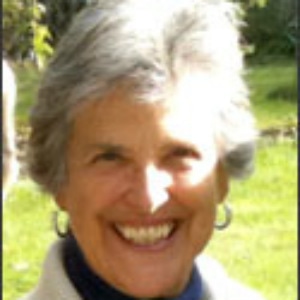
The challenges of developmentally delayed children led Mary to educational kinesiology and infant reflex integration. She has studied in Poland and the U.S. with Svetlana Masgutova PhD and is a certified Masgutova Neuro-sensory-motor Reflex Integration (MNRI®) Specialist and Instructor. You can find out more about her at her website www.theconstellationsgroup.com
Still Looking for Answers?
Visit the Epidemic Answers Practitioner Directory to find a practitioner near you.
Join us inside our online membership community for parents, Healing Together, where you’ll find even more healing resources, expert guidance, and a community to support you every step of your child’s healing journey.
Resources
Books
Freeman, Cecilia K. I Am the Child: Using Brain Gym with Children Who Have Special Needs. Edu Kinesthetic, 1998.
